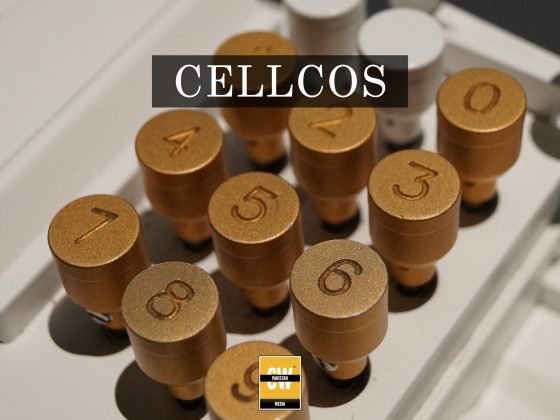The imposition of an eighteen percent sales tax on mobile phones has begun to influence the domestic handset market as consumer demand weakens and production slows. According to recent data, the country registered a thirty four percent year on year decline in locally assembled mobile phones for October. Manufacturing dropped to 2.33 million units compared to 3.53 million units in the same month last year and also fell twenty three percent from September. The decline reflects a cautious approach by buyers after the tax adjustment and an overall shift in purchasing behavior.
Industry representatives note that the earlier rise in local phone production was supported by the Device Identification, Registration and Blocking System introduced by PTA. The system restricts the operation of non tax paid imported devices which encourages consumers to turn toward locally assembled options. However, the sales tax has created reluctance among buyers who find new phone prices less affordable. Pakistan Mobile Phone Manufacturers Association Deputy Vice Chairman Zeeshan Mianoor stated that distributors and retailers increased inventories ahead of the unveiling of the 2025 to 2026 budget. He added that once the tax was imposed, sales slowed, prices rose and market players were left with excess stock. Manufacturers have now reduced output to prevent further accumulation and manage supply more efficiently in the changing market environment.
Projections indicate that cumulative local manufacturing could reach around 25.11 million units between January and October 2025. Out of this total, 13.2 million units were smartphones which accounted for fifty three percent of the production volume. Feature phones made up forty seven percent with 11.9 million units produced. Currently more than ninety seven percent of mobile phones sold in Pakistan are locally manufactured. During the first ten months of the year, 675,177 devices were imported by commercial importers and individuals returning from abroad. iPhones led the imports with 238,712 units in 10MCY25, followed by 208,940 Nokia feature phones. In 2024, Apple recorded 154,836 imported units. A senior PMPMA official pointed out that many buyers choose older iPhone models due to affordability while newer models are usually purchased to be given as gifts. Meanwhile, in 2024 locally assembled phones reached 32.80 million units compared to imports of 792,208 sets.
From January to October, Infinix recorded the highest locally produced volume at 2.90 million units. VGOTEL followed with 2.74 million units and Vivo with 2.36 million units. Itel rolled out 2.13 million units, Tecno 1.49 million, Xiaomi 1.42 million and Samsung 1.32 million units. In the feature phone category, Gfive remained the largest producer with 1.17 million units in 10MCY25. Industry observers note that the change in production levels reflects a direct response to market pressures created by the new tax structure which has altered affordability, sales performance and inventory planning across the mobile phone ecosystem.
Follow the SPIN IDG WhatsApp Channel for updates across the Smart Pakistan Insights Network covering all of Pakistan’s technology ecosystem.









